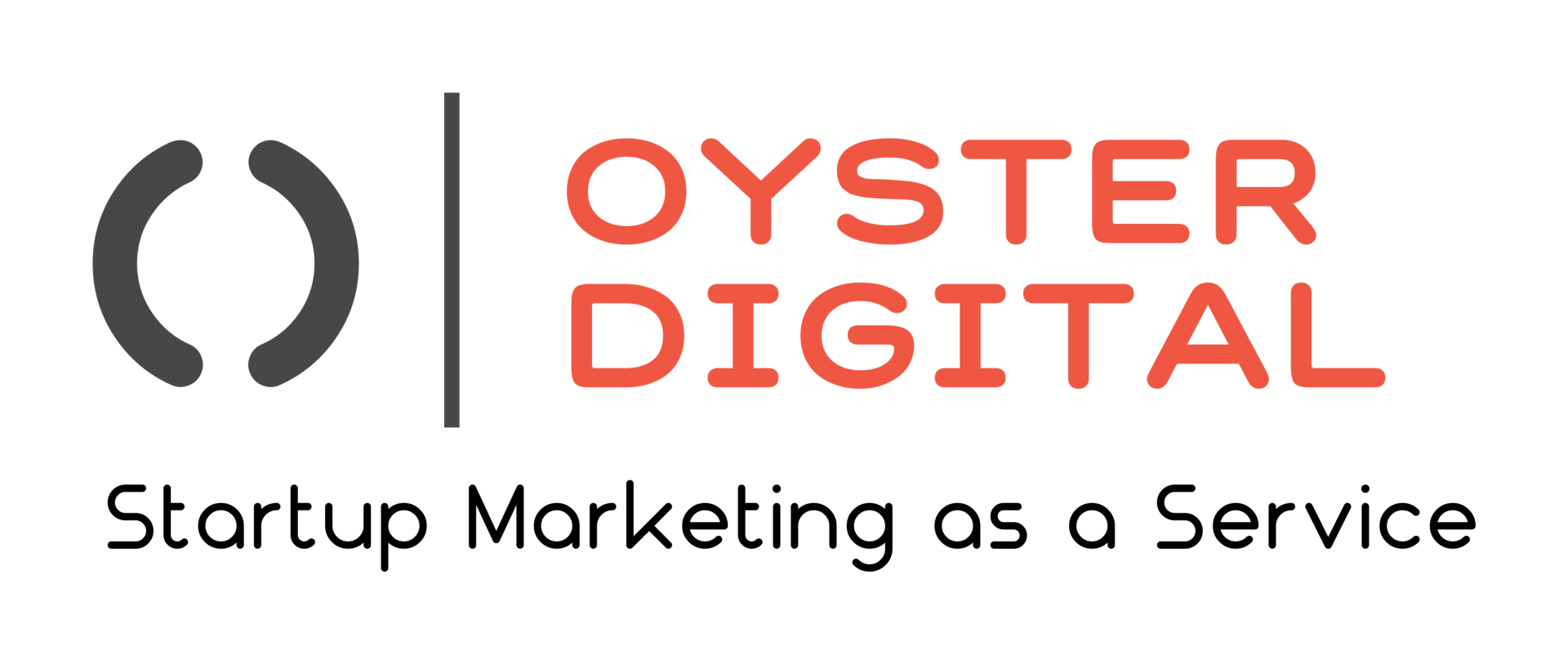Data Driven Marketing is More Important in 2022 Than Ever Before
Jan 15, 2022
Digital marketing platforms have become more accessible than ever before, allowing business owners to connect with their audience simply by setting up a social media page. However, easy access has also meant vastly increased competition. Put simply, standing out from the crowd has become on of the primary challenges facing most marketers nowadays.
This is where data-driven marketing comes into its own.
What is data-driven marketing?
Whether digital or otherwise, the objective of marketing has always been to identify the needs of your target audience, and to create a strategy to showcase how your product or service meets those needs. In the past, this was done by gathering market research, and filling in the gaps with intuition or gut feeling.
Digital marketing strips the guesswork out of this process in two ways. Firstly, by delivering data on the success or otherwise of each element of a campaign. Instead of making assumptions about the target audience, their needs, and what they are most likely to respond to, marketers are now able to gather highly attuned data on customer preferences to allow them to tailor their strategies to the audience in real time.
Secondly, it allows marketers to move beyond general strategies to create personalised campaigns for numerous segmented audiences. This allows marketers to maximise their return on investment.
Both of these functions are done through analysing data drawn from social media platforms, search engines, your own webpages, and other tools such as email marketing platforms, all of which offer feedback on key demographics of your audience, and what specifically people are responding to.
Use data to increase your marketing return on investment
Spend on marketing data has been rising rapidly year on year, more than doubling over the last five years from US $18.9 billion worldwide in 2017, to $52.3 billion in 2021. That’s because marketers are voting for data driven marketing with their budgets, placing their resources where it can make a difference.
Traditional advertising was generalist: tv adverts went out to millions of people with no opportunity to tweak the message to appeal to different segments of your audience, while billboards were seen only by whoever happened to walk past. This means that much of the marketing spend was wasted on people who were never going to be interested in the product.
Digital marketing allows the marketer to show an advert only to the specific target audience, and even to show multiple iterations of the same advert to segments of that audience, drastically reducing the amount of wasted spend. Further, some segments will be more lucrative than others, allowing the marketer to focus their efforts on the most rewarding segments, again driving revenue up.
Every strategy within data-driven marketing is as unique as the audience it serves, making generalisations regarding return on investment for different tools almost impossible. However, it is possible to see the results when looking at specifics.
For example,
a study by SpyFu found that adding autocomplete to a search box increased the average search length by 1.6 words, and that every word added drove a 15% higher conversion rate. Consequently, adding autocomplete increased sales by 24%.
How Oyster Digital can help you manage your data-driven marketing campaign
At Oyster Digital, we know what it takes to create a data-driven digital marketing strategy that maximizes your marketing ROI and drives revenue.
By using data-driven strategies Oyster Digital has increased clients’ revenues by 100% within just three months, delivering real value.
Given the transformative difference data driven marketing can make to your business, now is the perfect time to
contact us to find out how we can leverage marketing data for you.
Contact Us
We will get back to you as soon as possible.
Please try again later.
New Paragraph
